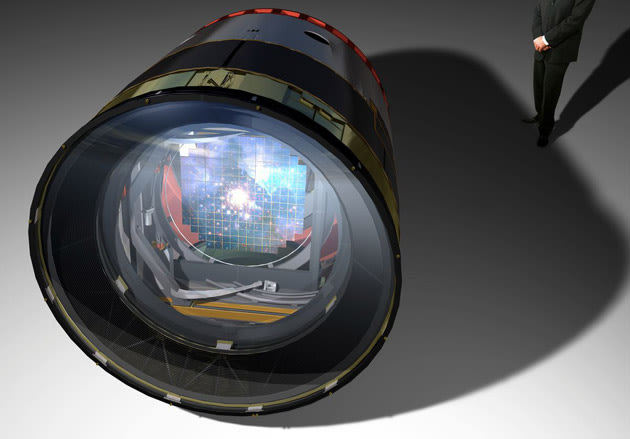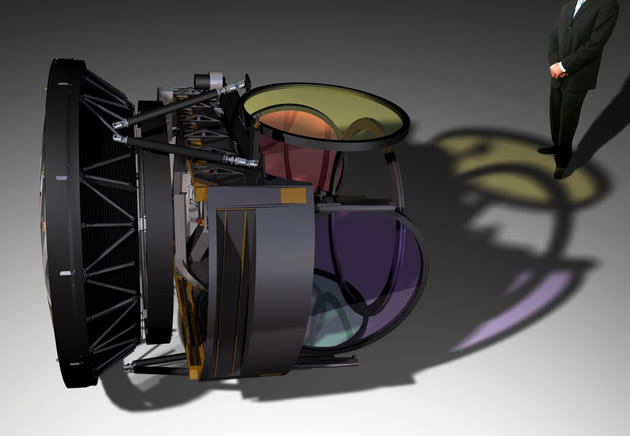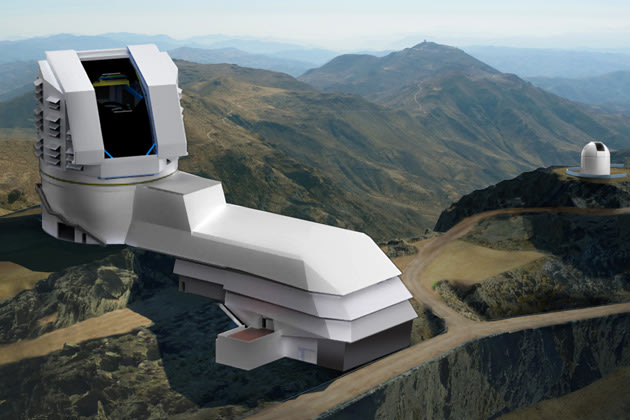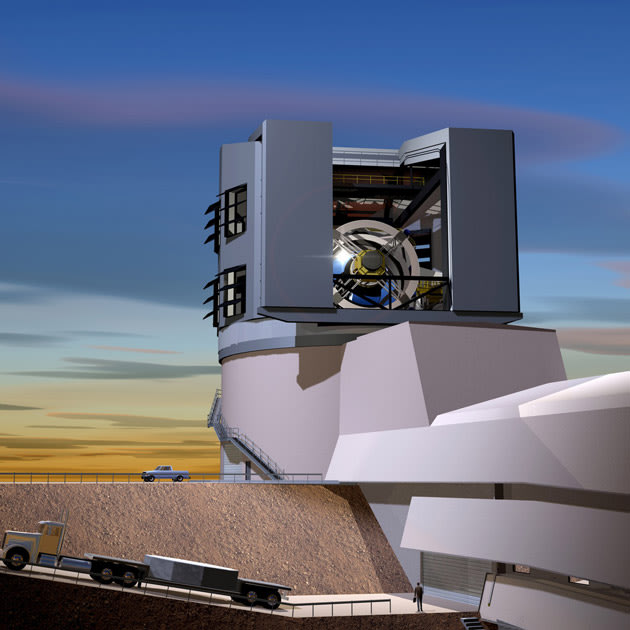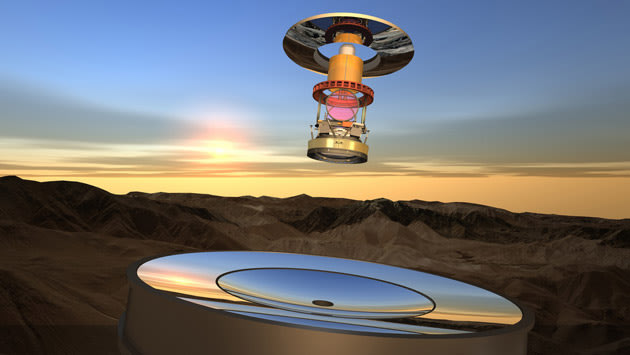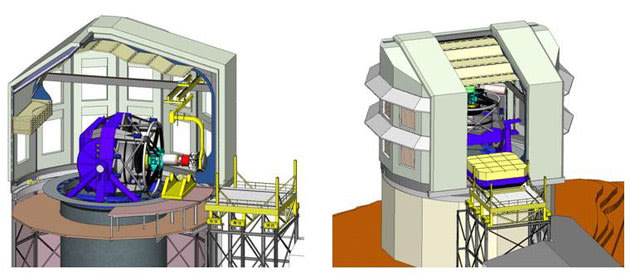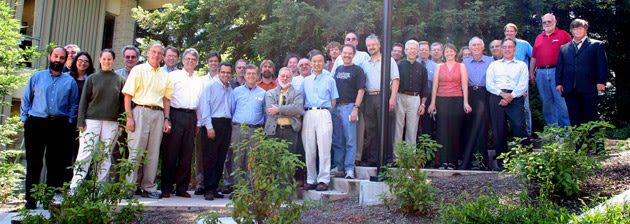Washington, Apr 24 (ANI): Researchers have shed light on the growing scientific evidence that fewer family meals may translate to increased obesity risk and poor nutritional status, particularly among children.
Over 40 percent of the typical American food budget is spent on eating out, with family meals often being relegated to holidays and special occasions.
Aside from negative effects on the family budget, eating out has been shown to be generally associated with poor food choices and bad health.
But getting this message out to busy parents in a way that will convince them to spend more time at the dining room table with their children is problematic at best.
To both summarize what is known about this timely topic and create a model that might be used to educate parents and other caregivers as to the importance of family mealtimes, researchers at Rutgers recently evaluated results from 68 previously published scientific reports considering the association between family mealtime and children's health.
They specifically looked at how frequency or atmosphere of family meals was related to consumption of both healthy foods (e.g., fruits and vegetables) and those considered less desirable (e.g., soft drinks).
The researchers also evaluated if scientific evidence actually supports the idea that more frequent family meals can lead to decreased obesity.
Their review of the literature revealed numerous benefits to children associated with having frequent family meals, including increased intake of fruits, vegetables, fiber, calcium-rich foods, and vitamins.
In addition, the more a family ate together the less children consumed dietary components thought to be harmful to health.
Although the researchers found only a weak link between family meals and obesity risk, children in families with frequent family meals tended to have lower body mass index (BMI, kg/m2) than those who enjoyed fewer family meals.
The research team was also able to create a simple conceptual image that condensed their findings in a user-friendly fashion, and hope to test the effectiveness of this graphic with parents and other caregivers in the near future.
"Images like this one will be a helpful method to demonstrate the benefits identified in scientific literature to parents in a concise, non-biased method. Often parents will hear tidbits about family meal benefits here and there, but we hope that something like this may be useful to provide information from a reliable source," according to the scientists.
Clearly, the scientific literature represents a vast store of valuable information that could help families make better decisions about food choices.
However, many people do not have the time, inclination, or expertise needed to access, filter, and interpret these scientific reports. Instead, they must often rely on media "headlines" that focus on a single study, or worse do not accurately report the research that has been conducted.
The authors of this new report hope that their "synthesis of the literature of the links between family meals and child health outcomes and creation of a parent-friendly image that visually summarized these findings will lead to interventions that benefit a wide range of children." (ANI)





